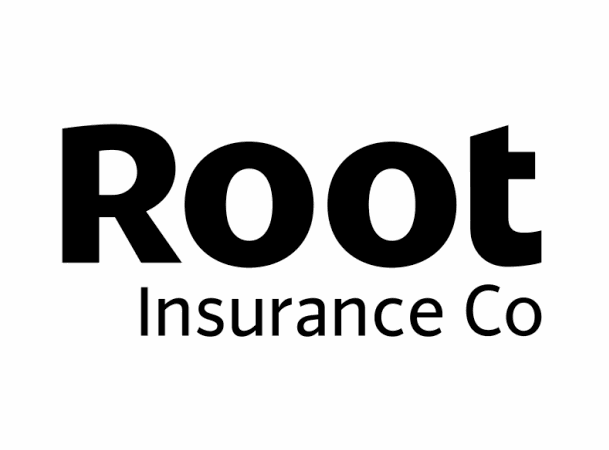Root, the auto insurtech targeting a $1bn+ IPO, uses ILS for aggregate reinsurance
Root Insurance, the auto insurtech company, has said in its initial public offering (IPO) documentation that it uses insurance-linked securities (ILS) backed reinsurance capacity to help it manage volatility in its business.
 Root Insurance is looking to raise just over $1 billion, including concurrent private placements related to the IPO, which could value the insurtech at more than $6.3 billion once it’s all tied up.
Root Insurance is looking to raise just over $1 billion, including concurrent private placements related to the IPO, which could value the insurtech at more than $6.3 billion once it’s all tied up.
High-growth insurance technology (insurtech) start-ups are attracting stunning valuations, thanks in part to the appetite of venture investors around the world.
It’s driven a need to IPO quickly and in a very big way, for some, as insurtech’s look to deliver the kind of high-growth that investors will demand going forwards, which means they require robust capital backing and frameworks, part of which is their reinsurance arrangements.
Root Insurance details some of its reinsurance arrangements in its IPO filing, with quota share arrangements seemingly a significant lever for its business model, as it leans on reinsurers appetites for these premium, loss and profit sharing arrangements.
But Root has also tapped into the insurance-linked securities (ILS) market, with excess of loss reinsurance funded through a platform that fully collateralizes its reinsurance obligations to the insurtech.
Reinsurance is core to insurtech’s like Root, particularly as it has a full-stack carrier approach, which means it controls more of its own destiny and also has the regulatory means to optimise its capital structure, saying that it adopts a capital light approach.
Access to reinsurance capital, in all its forms, is one way to keep capital light for full-stack insurtech’s like Root, meaning they can adapt to market conditions and also expand their appetites with the support of reinsurance capital sitting behind them.
Hence the quota share is a great tool for a full-stack insurtech like Root, providing it with added underwriting capacity to enable it to write more business, while a share of its losses are absorbed, so moderating volatility within its operating results.
That’s good for its investors, who will be looking for stable growth, again something a quota share strategy can help to deliver.
Root aims for top-line growth without having to increase its regulatory capital requirements.
The insurtech explains, “Net of third-party reinsurance, over the long term we expect this structure to enable us to write at least four dollars of net retained premium for each one dollar of capital held across Root Insurance Company and our wholly-owned, Cayman Islands-based captive reinsurer, Root Re. While our reinsurance activities cede a portion of the profit, we expect the net impact to be highly accretive to us on a return basis.”
Root actually increased is quota share percentage in the third-quarter, taking it up to 70% of premiums that are shared with third-party reinsurance partners, which has had the effect of reducing its revenues but over time would be expected to help it grow faster and moderate volatility even more.
All of which makes customer acquisition and marketing more important for insurtech’s following this approach, as the more customers they can bring in through the front-door, while reinsurers are taking their share through quota shares, the more potentially sticky client relationships can be developed that a company like Root can benefit from over the longer-term.
As an investor in insurtech’s, that’s why it’s important to look at the retention rates of clients, as well the onboarding and eventual loss ratios.
But, being auto insurance focused, Root also has exposure to volatility caused by catastrophe losses as well and so explains that excess of loss reinsurance is also vital to help it protect against large or unanticipated losses.
On the severity side, Root taps major global reinsurers for excess of loss protection, but on the frequency side, which is perhaps more relevant to an auto insurer as it grows and faces impacts from severe storms and hail events, Root taps the ILS market.
“We purchase frequency / aggregate protection against 100% of our net retained premium base from a reinsurance platform that fully collateralizes its potential obligations to us via funding achieved in the insurance-linked security marketplace,” Root explains.
But, while the use of ILS capacity to support its aggregate reinsurance needs is clearly most relevant to our ILS focused audience, for Root it is the quota share model that is helping to support its growth.
“We expect to maintain this target level of third-party quota share reinsurance while rapidly growing our business in order to operate a capital light business model and mitigate market volatility. As our business scales, we expect to have the flexibility to reduce our quota share levels to maximize the return to shareholders,” the insurtech said.
That’s key as Root Insurance looks to raise this new round of funding, as the stability this strategy of layered quota shares, augmented with traditional and ILS excess of loss capacity on both an occurrence and aggregate basis can help the insurtech to deliver greater stability in its results, while also fuelling its growth.
Root, the auto insurtech targeting a $1bn+ IPO, uses ILS for aggregate reinsurance was published by: www.Artemis.bm
Our catastrophe bond deal directory
Sign up for our free weekly email newsletter here.
Original Article Posted at : https://www.artemis.bm/news/root-the-auto-insurtech-targeting-a-1bn-ipo-uses-ils-for-aggregate-reinsurance/
